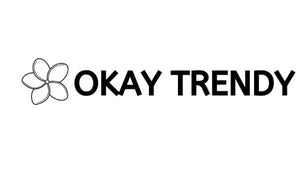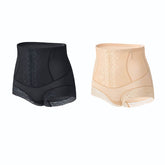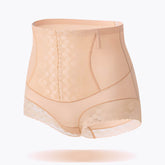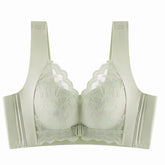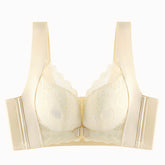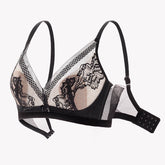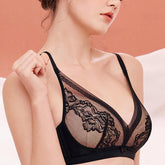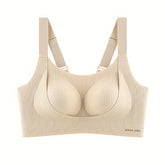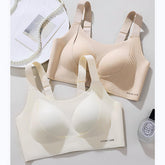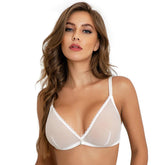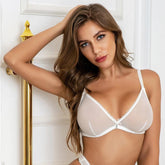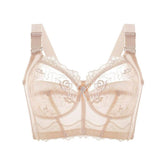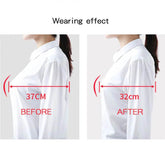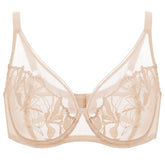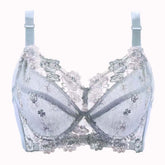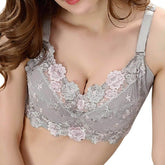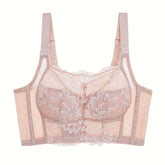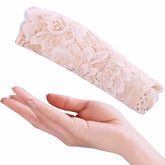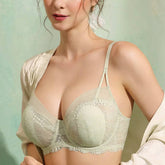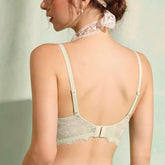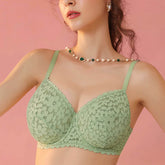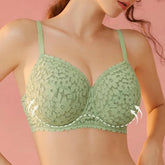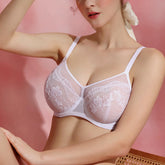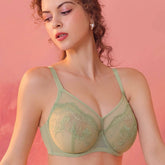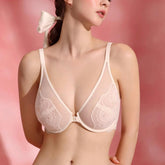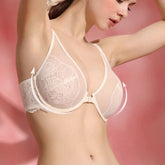Victoria's Secret - The Rise and Fall?

Victoria Secret became a nationally recognized multi-billion dollar brand, widely known for selling lingerie. And I have to tell you, no other company can say that, not anywhere near this level anyway. In fact, they were the ones mostly responsible for changing people's perception of underwear, and that is quite an accomplishment.
Considered that before they came around in the 1970s, women would typically buy it at a department store, just in a standard three-pack or whatever. It's meant to be worn under your clothing, so the way it looked was hardly a factor in deciding which ones to get. It was all about comfort and practicality.
Maybe for a special occasion like a honeymoon or something, you would seek out something a little fancier. But for the most part, lingerie like this was thought to be novel and even taboo to an extent. But by the 1990s, Victoria Secret was proudly selling it to millions of customers in shopping malls across the country and having models display it on a nationally televised fashion show alongside some of the biggest celebrities of the time.
A lot of the models themselves even became celebrities like Tyra Banks or Heidi Klum. It developed into an iconic brand that in recent years, I think most would agree, has lost a lot of its magic. All of that fun and excitement has recently been overshadowed by various controversies and criticisms that have been impacting the company.
Now, I don't want to exaggerate anything. They are still the biggest of their kind and probably won't be going away anytime soon. But there is strong evidence to suggest that they have been declining. Their sales have fallen considerably since 2016, partially because they have closed over 300 stores since then, which is about a quarter of them. Many of the highest-ranking executives have left the company. They have discontinued that iconic fashion show and after failing to find a buyer, it was spun off into its own public company alongside the Pink stores.
That new company, by the way, has not been performing well on the stock market, meaning it has been losing a lot of its value. There is a lot going on here, right? So, in this article, I want to talk about the unique story of how they became so popular, why things have been declining so much, and some efforts they have been making to hopefully return things back to being positive again.
Roy Raymond was the man who started Victoria Secret alongside his wife, Gay. And I'm going to warn you now, that this is a tragic story for him. In the 1970s, he went into a department store to buy some underwear and sleep clothing for his wife, something that would seem pretty straightforward today. But remember, back then, options available weren't quite what he was looking for. Plus, the saleswomen there were making him feel uncomfortable and out of place.
So he envisioned a store that would not only sell what he was looking for but would make men feel welcomed. He believed in the idea so much that he borrowed $40,000 from family members, put that together with a $40,000 loan from the bank, and used it to open the very first Victoria Secret outside of San Francisco.
Now, there was never anyone named Victoria involved in the business. Oddly enough, the Victoria in the name is referring to Queen Victoria from the 1800s. He wanted his store to have a refined type of atmosphere that resembled the Victorian era—something respectable. I don't know, he was kind of onto something.
But from the way I see it, this was a peculiar business: a women's lingerie shop named after the former queen that would target male customers. It was successful enough to justify opening three more locations but was reportedly close to bankruptcy when he sold it for about $1 million to a man named Leslie Wexner.
Now, Leslie Wexner had started his own chain of women's clothing stores almost 20 years earlier called Limited. See, back then, his father was also the owner of a women's clothing store. When Wexner dropped out of law school, he spent some time helping out at that store where he calculated that they were making all of their money by selling casual skirts and sweaters and losing money by selling more formal dresses and coats.
He suggested to his father that they specialize in selling those better-selling items and cut out everything else. But his father didn't believe in the idea and was seemingly even offended by it—having his 26-year-old college dropout son trying to tell him how to run his business. So Wexner set out to start his own specialty store that was instantly successful.
He had hoped for $100,000 in sales in the first year but ended up with over $160,000, which, by the way, was much more than his father had ever made. After a couple of years, his dad actually closed up his own shop so he could go work for his son's company, which by the 1980s had hundreds of locations and was well on its way to eventually becoming one of the biggest clothing retailers in the country.
Here is where the stories overlap: in 1982, Wexner happened to venture inside one of the four Victoria Secret stores. He saw potential for the concept, but Raymond didn't have any interest in selling it at first. According to Wexner, "When I met him, it was as if he had met the devil." But six months later, Raymond called Wexner, saying he was on the verge of bankruptcy and would rather sell the stores to him than see them all closed down.
So they made a deal, and that was it. Wexner paid Raymond about a million dollars for Victoria Secret, and it became part of his much larger retail company that by then also included Lane Bryant and Express. So Wexner, the second owner, is the one responsible for the success of Victoria Secret.
He was the head of the company and transformed a chain of four struggling stores into a national phenomenon. He restructured things to logically make females their new target customers by making them feel more welcome in the stores and receptive to the advertising. He made the items they were selling resemble a more affordable version of upscale European brands. He even went so far as to print a fake European address on their catalogs as part of that image.
He emphasized quality control and consistency with the sizes and fits of the clothing so people would return to buy more stuff and over time they would become loyal customers. Not to mention, the large company that was behind it, supporting it financially and logistically. By the 1990s, everything was in full force and taking shape. That is when the fashion show started and select models were referred to as angels and were known for wearing these large wings behind them.
In 1999, that fashion show was broadcast over the internet for the first time. 1.5 million people tuned in, which were insane numbers back then—so many that it sort of crashed the site. And that is considered to be the first major webcast. I do want to take a minute to go back to Roy Raymond, the original founder.
After selling Victoria's Secret, he used that money to start a high-end children's retail store called My Child's Destiny. You are likely not familiar with it because, for multiple reasons, it shut down after only two years. And that is tough. He lost all the money he made from selling Victoria's Secret while having to watch Victoria's Secrets skyrocket into popularity.
He attempted a few other businesses like a children's bookstore that also didn't work out. In 1990, he got divorced, and by 1993, he owed a lot of money to the IRS and yet again was considering bankruptcy. Well, the tragic ending is that Roy Raymond died at 47 years old after jumping off the Golden Gate Bridge. He will forever be remembered as the founder of Victoria's Secret, and that is a pretty cool legacy.
Despite being gone for 30 years now, his creation is still relevant, and here we are talking about him right now. But as I said in the beginning of this article, the Victoria Secret brand has been struggling, and some of it has to do with scandals surrounding the management of the company, including Leslie Wexner himself.
Evidently, it was revealed that he has a pretty extensive history with Jeffrey Epstein. There's obviously a lot that could be said about Epstein, but applicable here, he was a financial adviser to Wexner among other things and allegedly used to trick models into believing he was a recruiter and then be wildly inappropriate toward them. I'm going to leave it at that, but I do recommend this New York Times article from 2019 that goes much deeper into it.
And not necessarily related, but I do have to say that Leslie Wexner did leave the company in early 2020. Ed Razek is another controversial figure. He was the head of marketing at Victoria Secret for decades and did a lot over that time to help shape the brand image into what they became known for.
Well, there have been multiple accusations against him concerning inappropriate behavior toward the models. But things really heated up for him in 2018 when he made a comment about how he didn't think their fashion shows should include transsexuals because, in his words, "the show is a fantasy."
It was viewed as being insensitive toward that community. He later apologized, but only months later, he stepped down from the company. Again, not necessarily related, however, not long after he stepped down, the company's VP of public relations made a claim that she had been verbally abused by him and then shortly after making that claim, she was suspiciously fired from the company.
Yet again, not necessarily related, but she felt it may have been, so she sued them over the situation where they reached an undisclosed settlement. It's a lot here. I'm just trying to convey that two of the biggest executives within the company have received.
